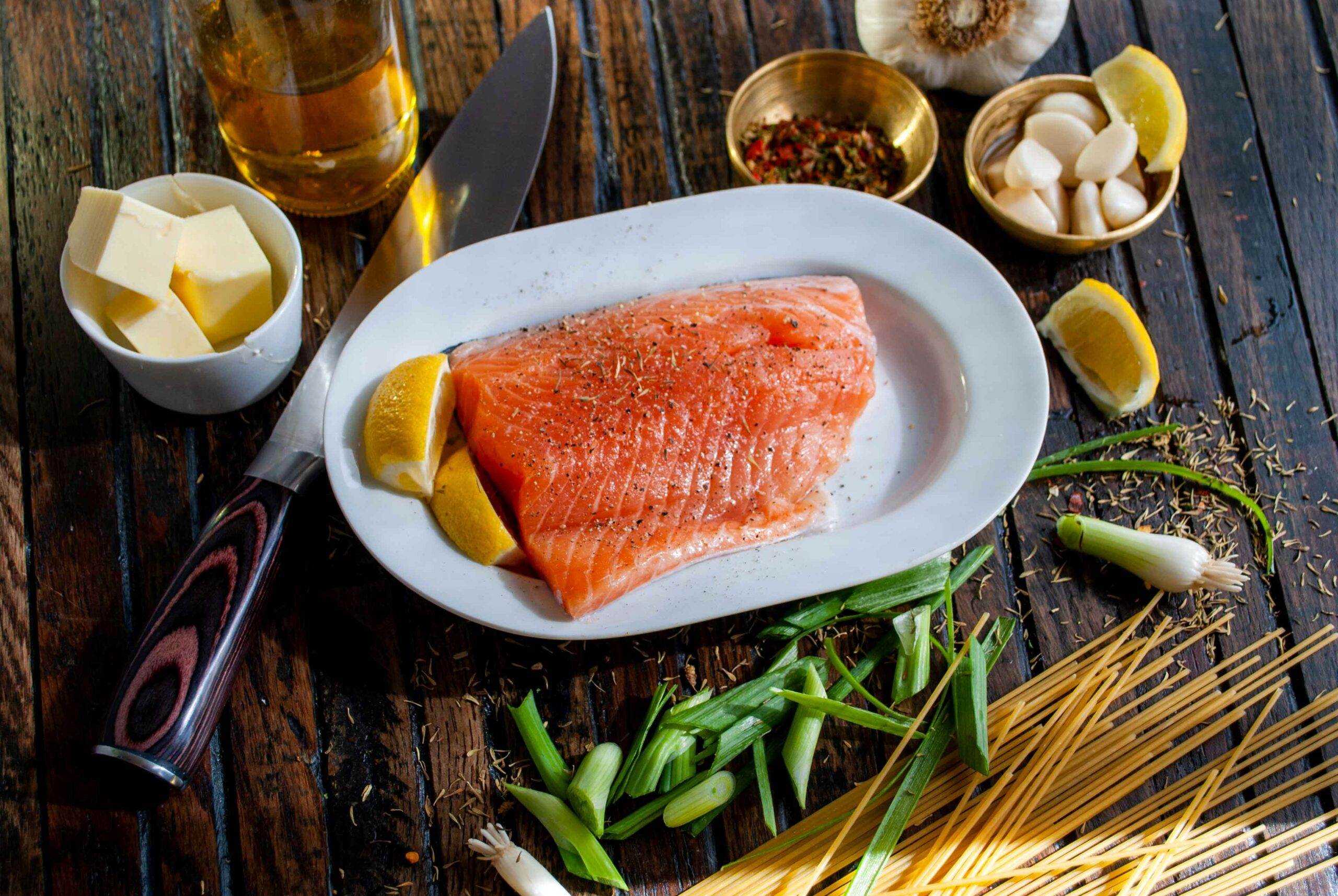Are you curious about the differences between keto weight loss and other popular diets? Well, you’re in luck! In this article, we’ll explore the unique aspects of the keto diet that set it apart from other well-known diets. From its emphasis on high-fat, low-carb foods to its potential benefits for weight loss, we’ll uncover what makes the keto diet so fascinating and why it may be worth considering on your journey towards a healthier lifestyle. So, buckle up and get ready to discover the differences between keto weight loss and other popular diets!

Understanding the Ketogenic Diet
Basics of the keto diet
The ketogenic diet, often referred to as the keto diet, is a low-carbohydrate, high-fat diet that has gained immense popularity in recent years. The main principle behind this diet is to drastically reduce your intake of carbohydrates and replace them with healthy fats. By doing so, you put your body into a metabolic state called ketosis, wherein it becomes efficient at burning fat for fuel instead of relying on carbohydrates. This metabolic switch is what makes the keto diet unique and effective for weight loss.
How the keto diet works for weight loss
When you consume a high amount of carbohydrates, your body converts them into glucose, which is used as the primary source of energy. However, when you restrict your carbohydrate intake on the keto diet, your body begins to burn fat for energy instead. As a result, it leads to significant weight loss as your body taps into its fat stores to meet its energy needs. Additionally, the keto diet helps control blood sugar levels and insulin production, which further aids in weight loss.
Benefits of the keto diet
The ketogenic diet offers numerous benefits beyond weight loss. One of the key benefits is improved mental clarity and focus. Since the brain can efficiently utilize ketones (derived from fat) as an energy source, many individuals on the keto diet report increased mental alertness and improved cognitive function. Moreover, the keto diet has been found to have positive effects on various health conditions, including epilepsy, diabetes, and polycystic ovary syndrome (PCOS). It also helps in reducing inflammation in the body, which is linked to several chronic diseases.
Common side effects of the keto diet
While the keto diet can be highly effective for weight loss and offer several health benefits, it is essential to be aware of potential side effects that some individuals may experience. The most common side effect is known as the “keto flu,” which includes symptoms such as fatigue, headaches, dizziness, and nausea. These symptoms typically occur during the initial phase of transitioning into ketosis and are temporary. It is important to stay hydrated, ensure adequate electrolyte intake, and gradually adapt to the keto diet to minimize these side effects. Additionally, some people may experience digestive issues, nutrient deficiencies, or difficulty adhering to the strict dietary restrictions of the keto diet.
The Paleo Diet
Understanding the paleo diet
The paleo diet, also known as the caveman diet or the Stone Age diet, is based on the notion of eating foods that were available to our ancestors during the Paleolithic era. The diet primarily consists of lean meats, fish, fruits, vegetables, nuts, and seeds while excluding grains, legumes, dairy products, and processed foods. Proponents of the paleo diet believe that our bodies are genetically adapted to a diet similar to that of our hunter-gatherer ancestors, and that by emulating their eating habits, we can achieve optimal health and weight management.
Weight loss mechanism in the paleo diet
The paleo diet promotes weight loss primarily by eliminating processed foods and focusing on whole, nutrient-dense foods. By removing grains and legumes, which are high in carbohydrates and can cause blood sugar spikes, the paleo diet helps stabilize insulin levels and reduce inflammation, both of which are important factors for weight management. Additionally, the paleo diet emphasizes the consumption of protein-rich foods, which can increase satiety and reduce overall calorie intake. The emphasis on whole foods and the elimination of added sugars and processed ingredients further contribute to weight loss on the paleo diet.
Comparing keto and paleo diets
While both the keto and paleo diets share some similarities, there are distinct differences in their macronutrient composition and dietary restrictions. The keto diet is extremely low in carbohydrates (typically less than 50 grams per day) and high in fats, whereas the paleo diet allows for a moderate intake of carbohydrates from fruits and vegetables. Additionally, the keto diet promotes the consumption of healthy fats, including those found in avocados, nuts, and oils, whereas the paleo diet encourages the consumption of leaner meats and limits fat intake. The paleo diet is also more flexible, allowing for occasional intake of natural sweeteners, while the keto diet strictly restricts all forms of sugar. Both diets have the potential for weight loss, but individuals should consider their specific goals and dietary preferences when choosing between keto and paleo.
Pros and cons of the paleo diet
The paleo diet offers several benefits beyond weight loss. Since it emphasizes whole, unprocessed foods, it can lead to improved overall diet quality and nutrient intake. The elimination of processed foods also reduces the intake of additives, preservatives, and artificial sweeteners, which may have adverse health effects. Furthermore, the paleo diet has been associated with reduced inflammation, improved blood sugar control, and a lower risk of chronic diseases such as heart disease and diabetes. However, the strict dietary restrictions of the paleo diet can make it challenging to follow, especially for those who rely heavily on grains and legumes. It may also lead to micronutrient deficiencies if not carefully planned, as certain food groups like dairy and grains are excluded. Consultation with a healthcare professional or registered dietitian is recommended before starting the paleo diet to ensure proper nutrient balance and adherence.


